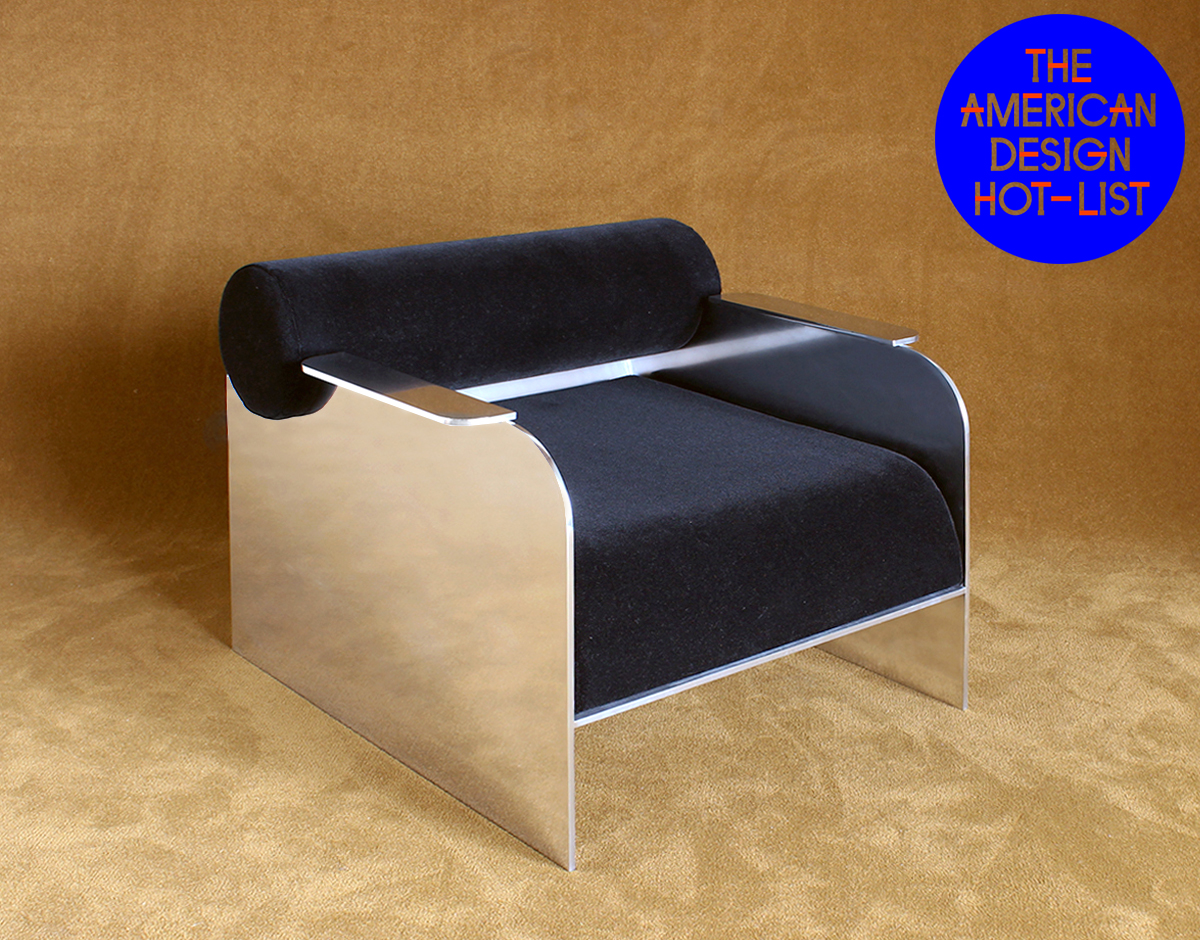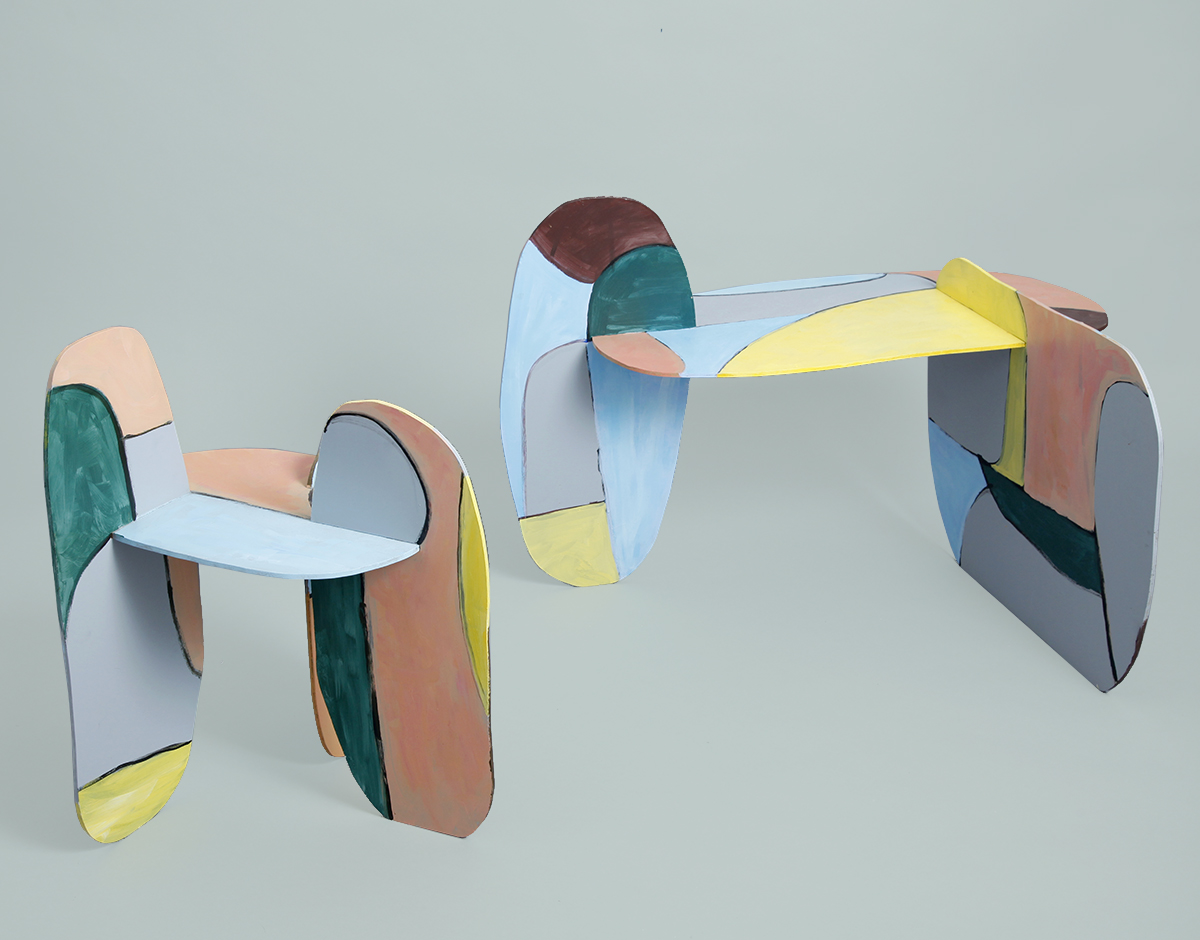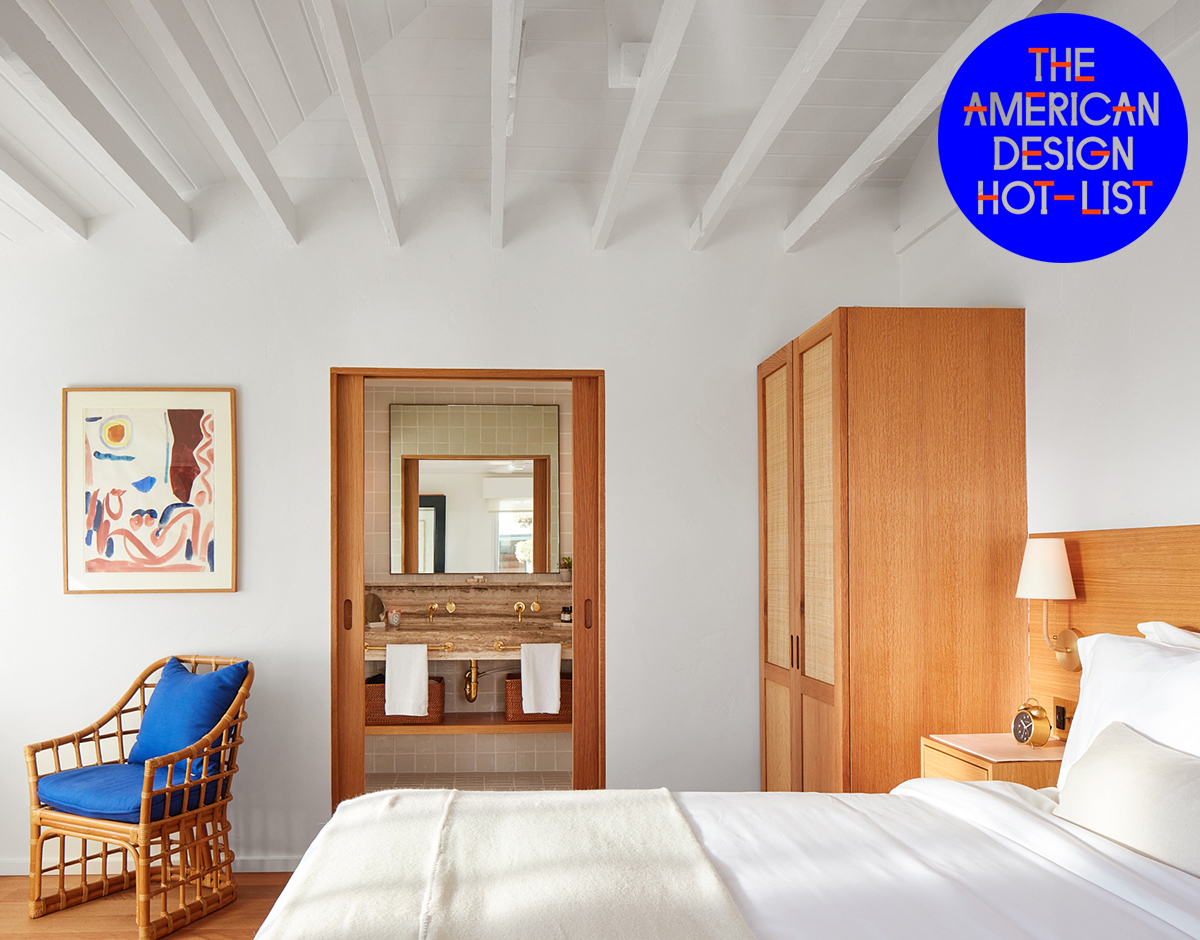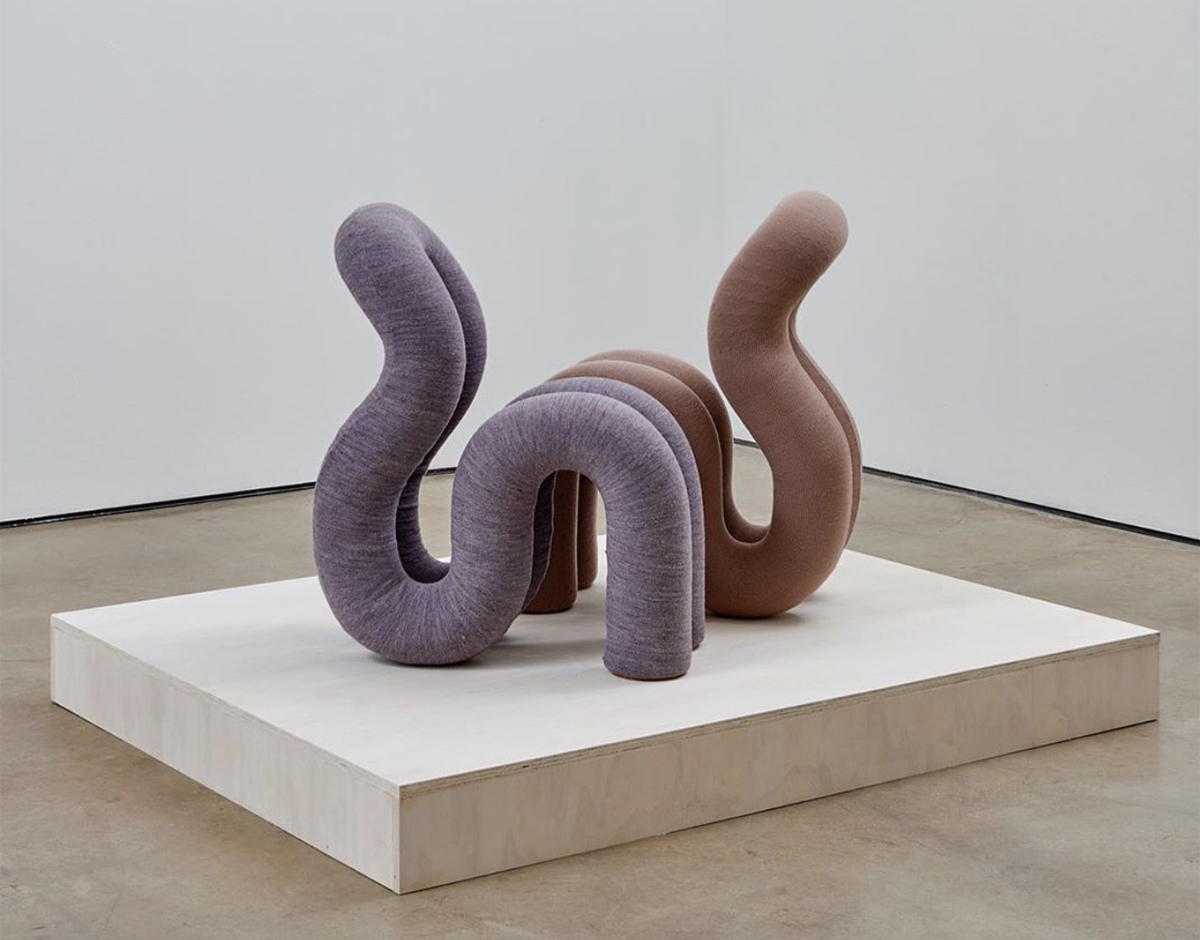
12.06.21
American Design Hot List
The 2021 American Design Hot List, Part I
This week we announced our 9th annual American Design Hot List, Sight Unseen’s editorial award for the names to know now in American design. We’re devoting an entire week to interviews with this year’s honorees — get to know the first group of Hot List designers here (including Ara Thorose, whose 7M chair is shown above).
Ara Thorose
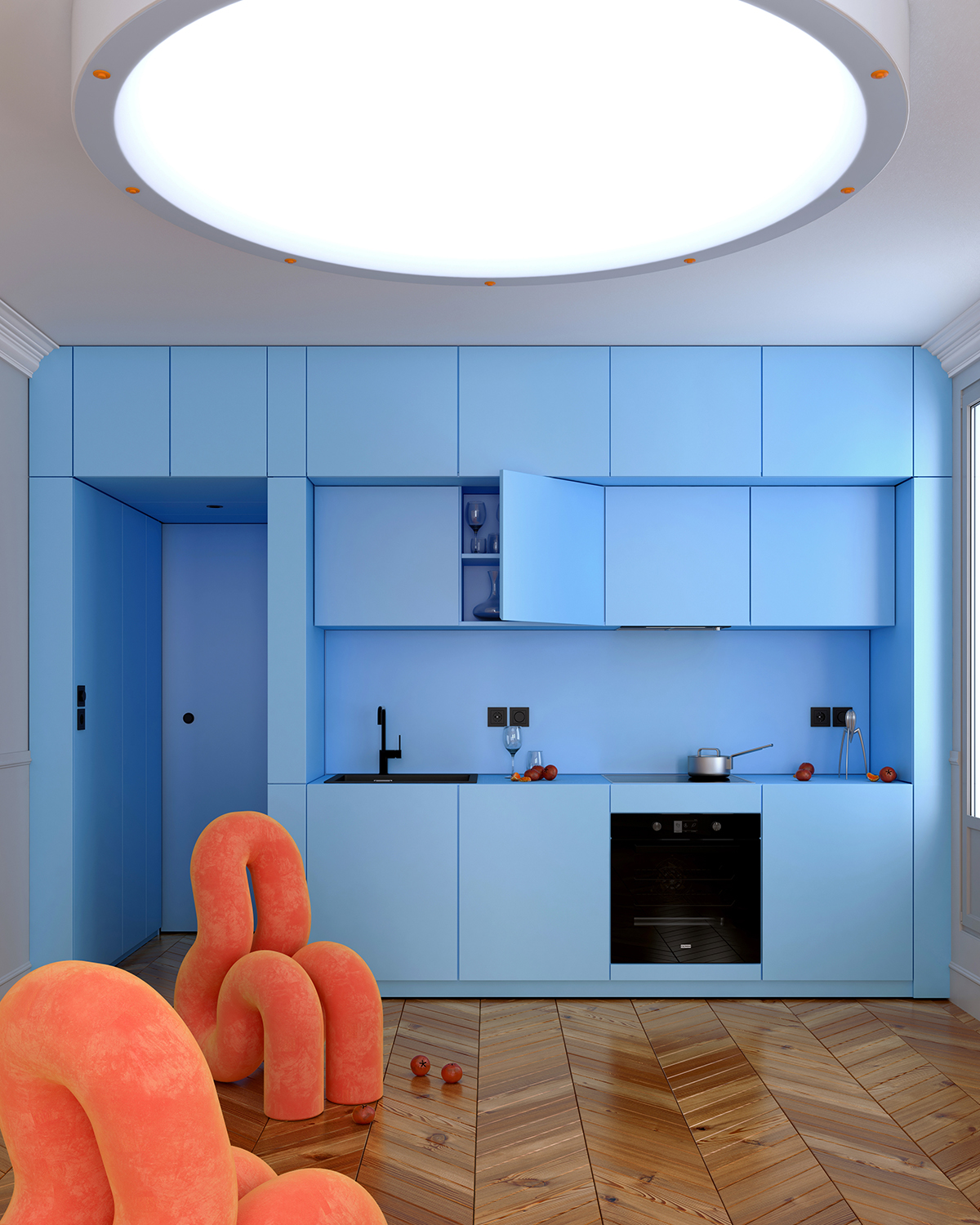
Rendering by Zyva Studio
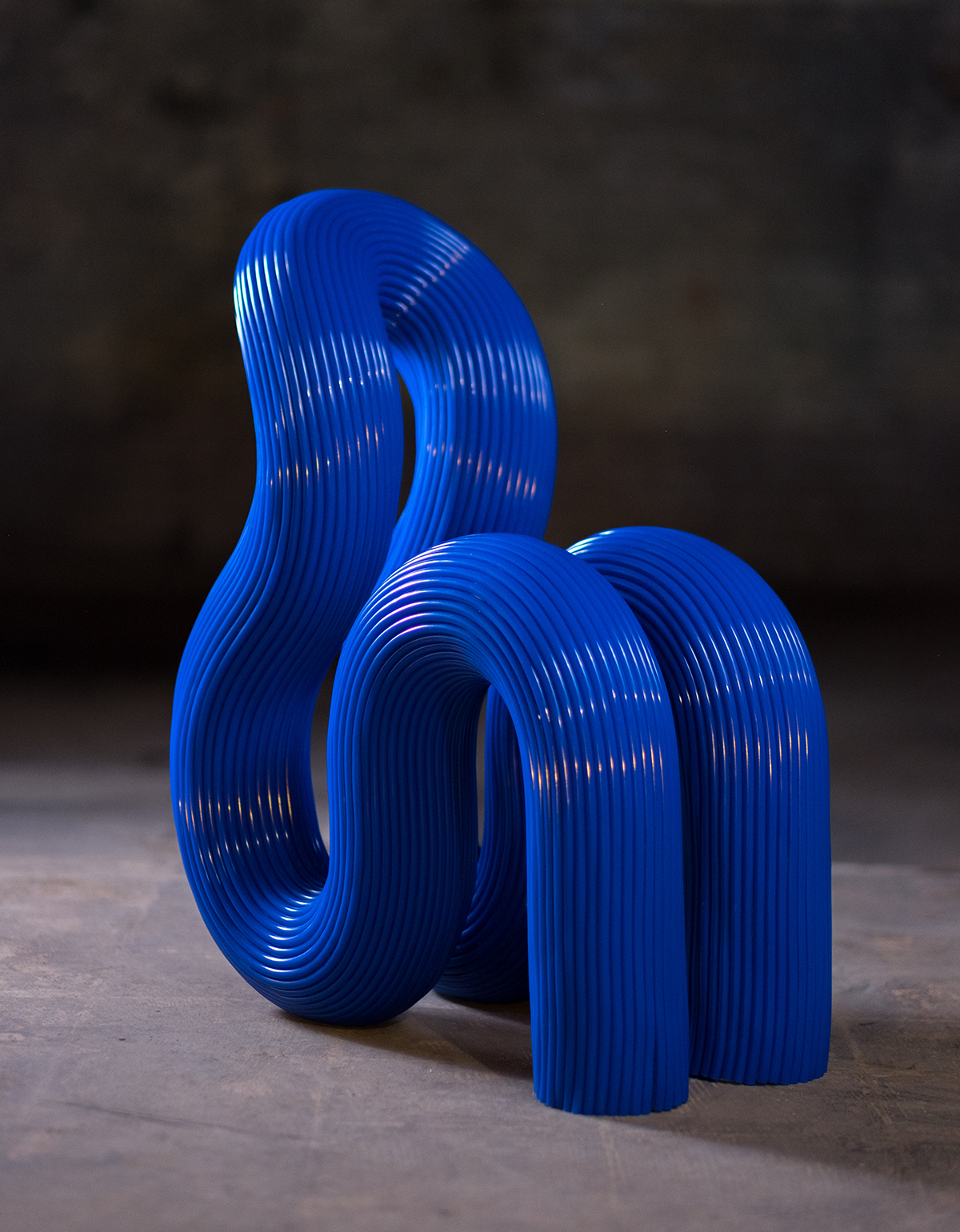
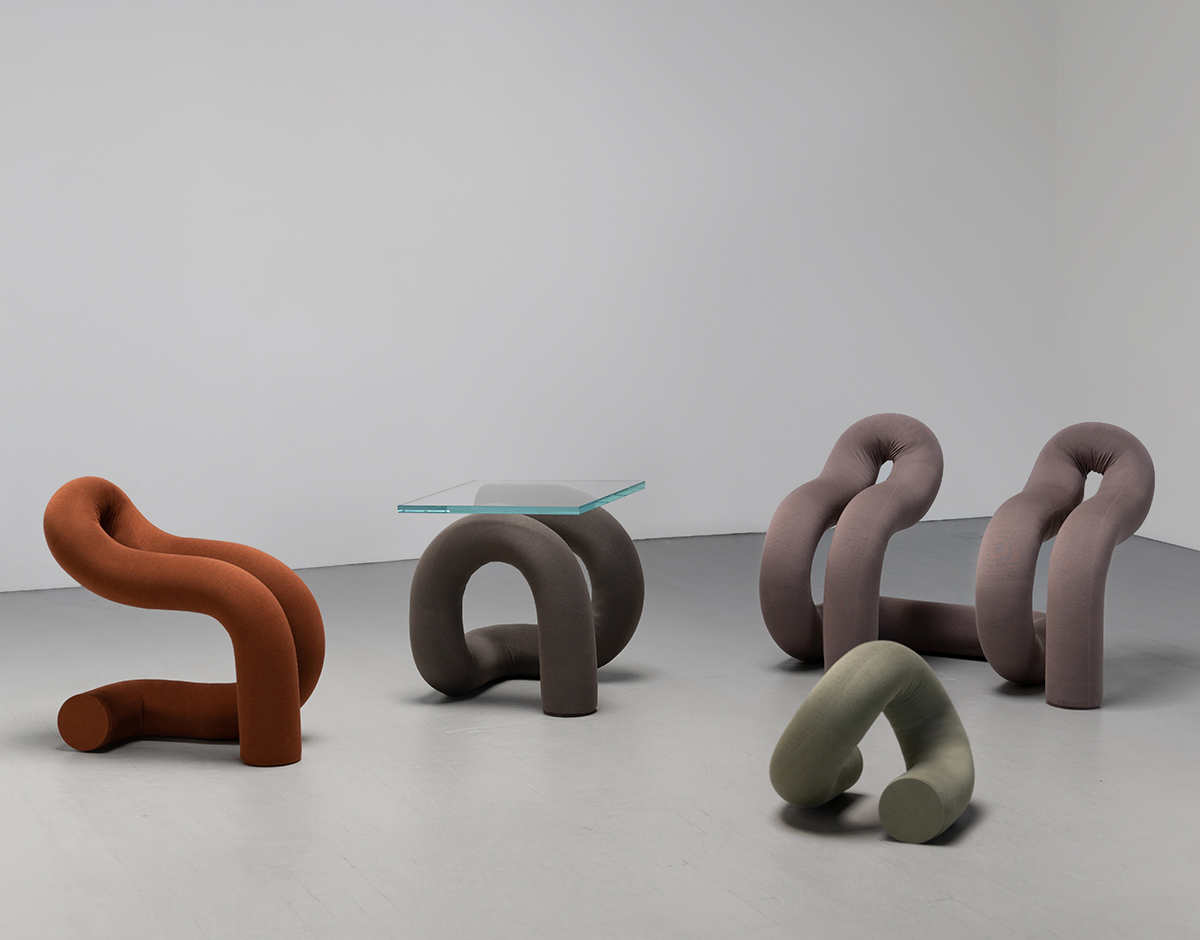
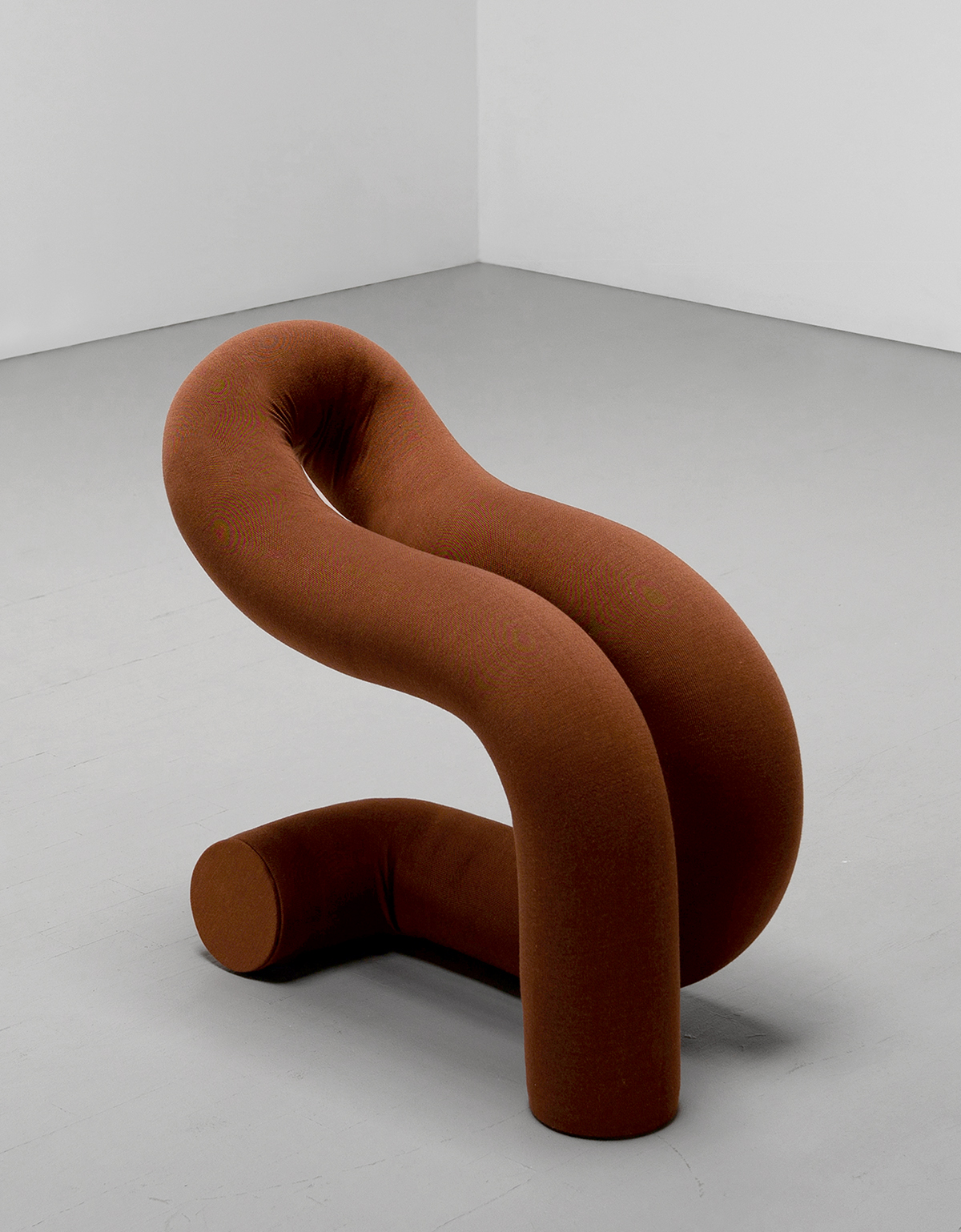
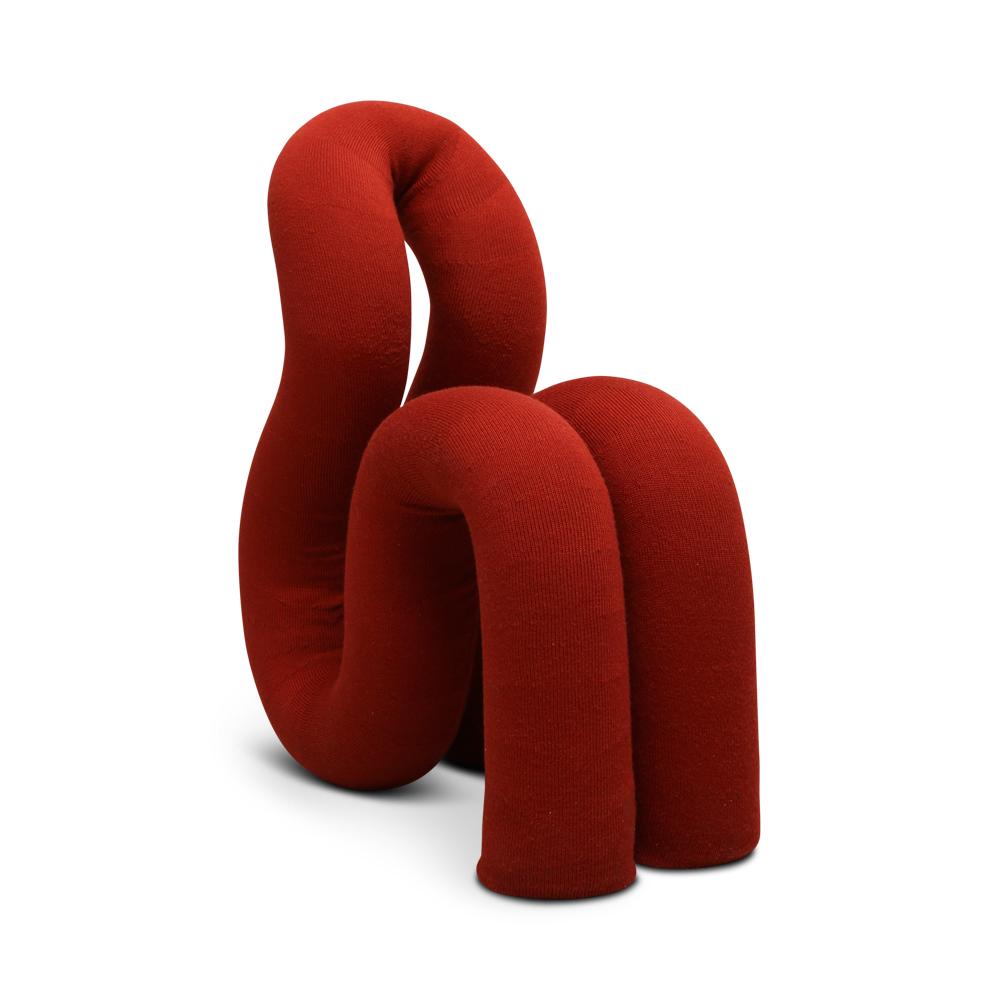
New York, arathorose.com
Cranbrook grad Ara Thorose channels notions of queer identity through design in a thoroughly novel way — via the bent cylinder, a form he returns to over and over in his work, be it a chair, a glass-topped side table, or simply a sculpture. A bending cylinder, he explains, “veers into the margin, a space both unprotected and unencumbered by the boundaries signified by lines. By making standard things like chairs from bending cylinders, I flow the margin into the line, so as to engulf and embrace it.”
What is American design to you, and what excites you about it?
From a background of being Armenian, Iranian, and American, what’s distinctive about the American element comes down to individuality. Anywhere else in the world, who you are is always tied to where you come from. Here, it’s about where you’re headed. Within that is an incredible sense of optimism — the unique American opportunity to self-invent.
What excites me about American design is that sense of permission. Anywhere else, it looks like you’re breaking rules. Here, we’re just building our own.
What are your plans and highlights for the upcoming year?
I’m currently working on my first solo show. It’s a limited-edition collection for Love House, due in the new year. [Love House founders] Jared and Arik approached me this past summer with a proposition: “Have you ever thought about making a sofa?” As it turned out, the thought had only just crossed my mind, so it’s kismet.
There’s also a unique collection exclusively for Twentieth. Growing up in LA, I’ve always been enamored by what they represent, so to work with them now feels very special. More soon.
On the home front, I just moved from Brooklyn to a new live/work space on the Upper East Side. It’s an exciting change and I’m looking forward to exploring my new neighborhood.
What inspires or informs your work in general?
I’m inspired by the notion of queer ingenuity. I think it comes down to turning a flaw into an essential part of something new. It’s ad hoc and gritty, pulled together with limited means. Out of necessity, you naturally optimize the potential of everything available – materials, space, even your own body. The genderedness of materials, and the classism of them — the normal order to those things get turned upside-down, with a sense of humor.
Queer club culture plays this at full volume, but those principles get applied by queer people in general, whether through aesthetic choices or how we appropriate space. Rather than conform, we can transform the things around us to make them speak our language.
Bennet Schlesinger
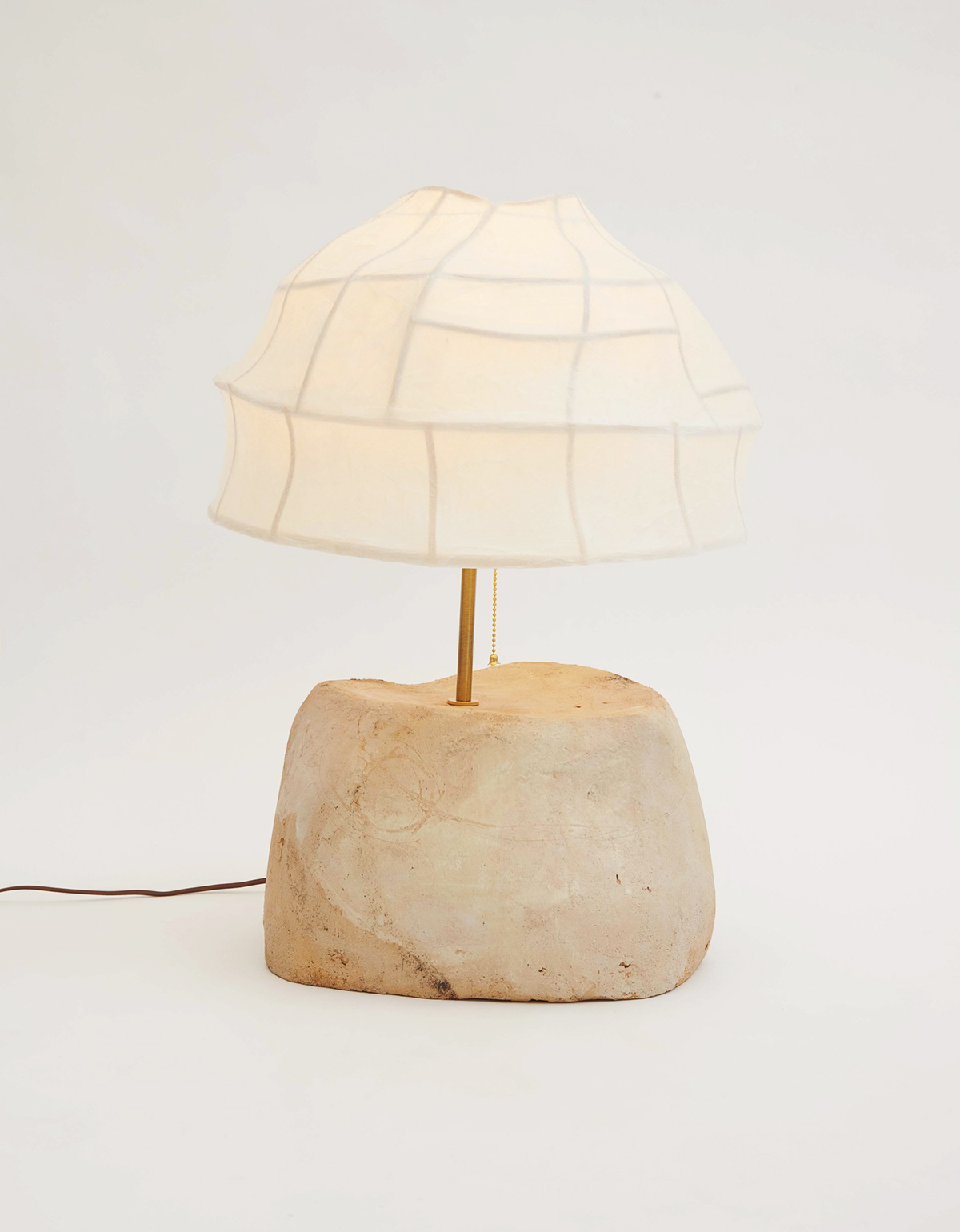
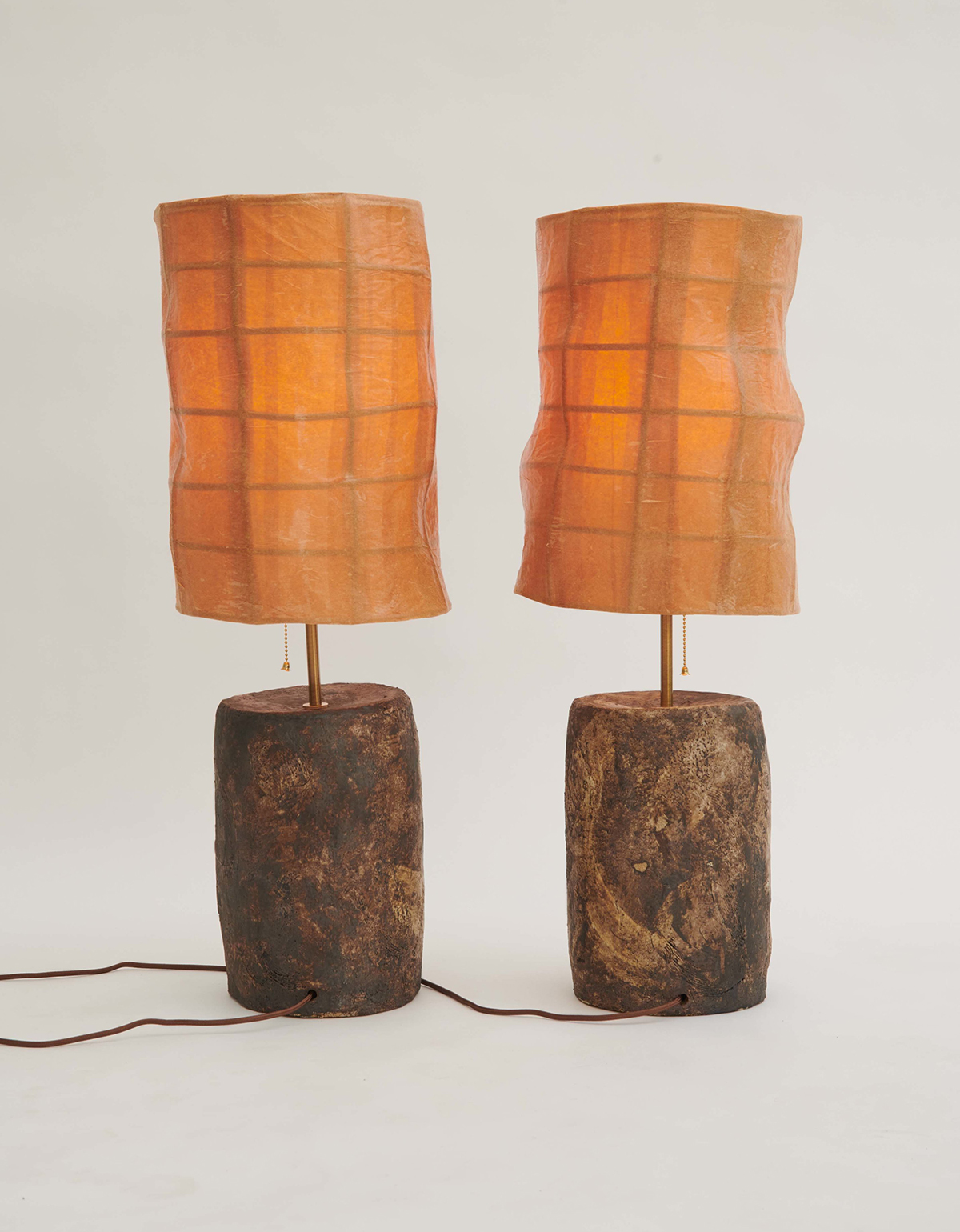
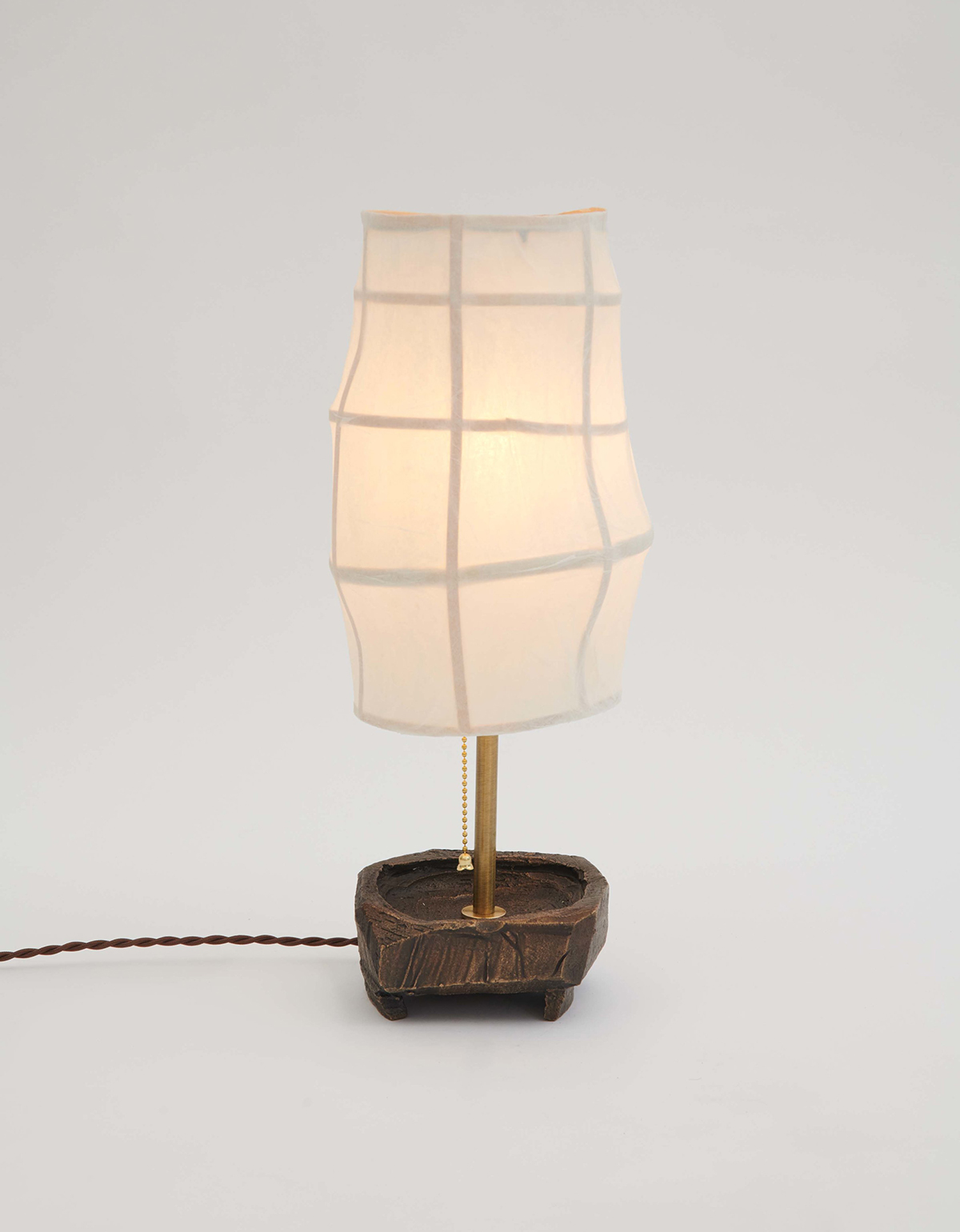
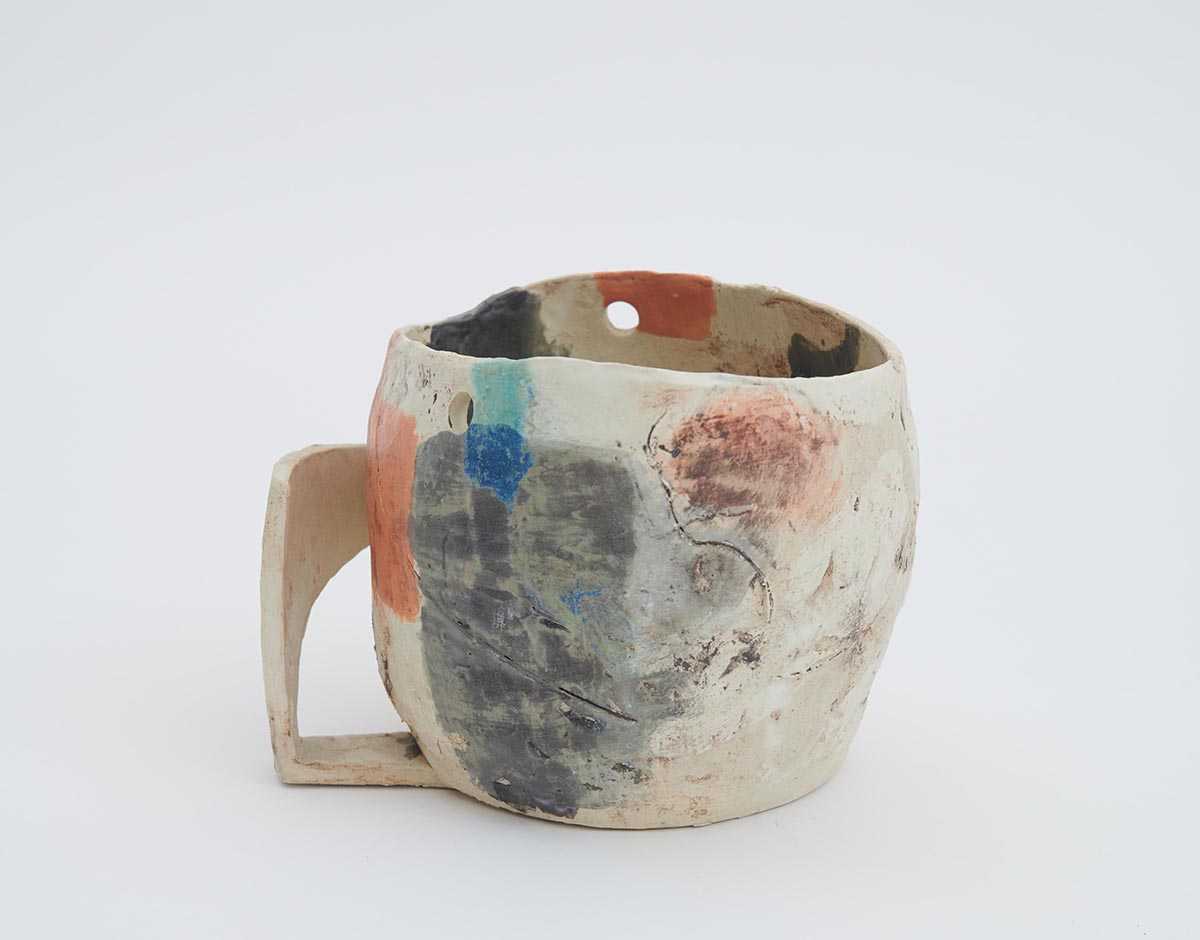
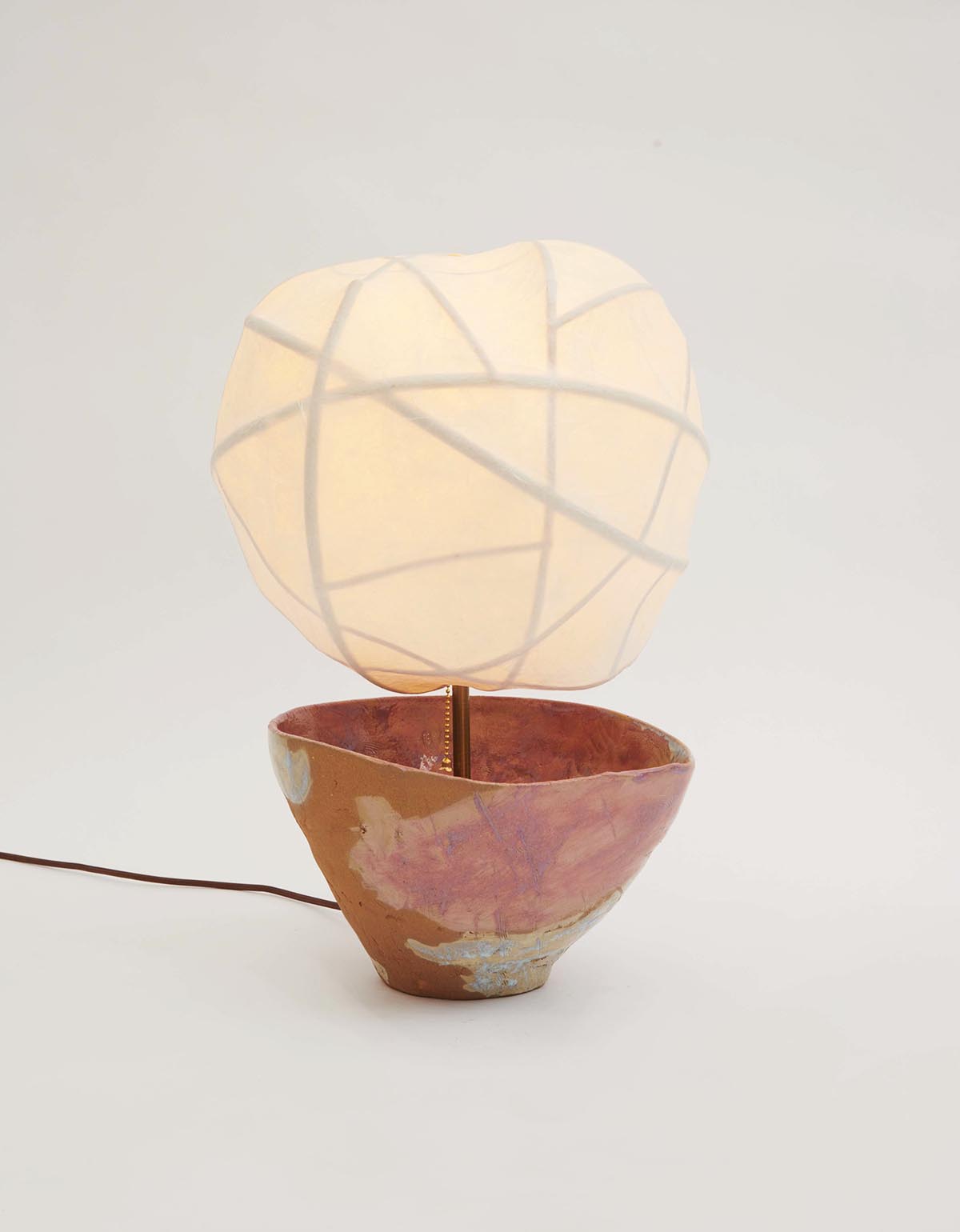
Los Angeles, bennetschlesinger.com
Bennet Schlesinger’s lights tend to follow the same formula — a roughly textured ceramic base paired with a delicate but rigid shade, made from a latticework of bamboo strips and a hardened archival paper shell. But within that framework, Schlesinger experiments endlessly, using different clays, glazes, patterns in the bamboo, and forms, from a base that’s more like a small catchall to a bulging monolith. His new amber lights are being shown at Stanley’s in Los Angeles this month.
What is American design to you, and what excites you about it?
I’m not entirely sure how to pin down or describe American design as a whole. I imagine design in its most pervasive cultural force would be in product and packaging design. These can be subtle and unilaterally experienced by all Americans, and I find this type of democratic visual output the most interesting. When looking through a grocery store it can be easily seen that there is a cultural language at play. This can be exciting to notice and hone into.
What are your plans and highlights for the upcoming year?
I’m excited to work on some major large-scale pendant lights and to keep pushing present ideas I’m working through. Because of the time consuming nature of my work, its visual narrative will take a few more years to congeal. My main commitment is to maintaining a natural feel and subtle quiet expression.
What inspires or informs your work in general?
My work is most influenced by the nature of the material used: clay and its chemical geological transformation, paper and wood reed and its nuanced shift based on daily/hourly atmosphere changes. I find these shifts to be really interesting. Additionally I try to spend time with nature: in the ocean, looking out the window, noticing its pace, and hoping to align myself closer and closer to it over time.
Blue Green Works
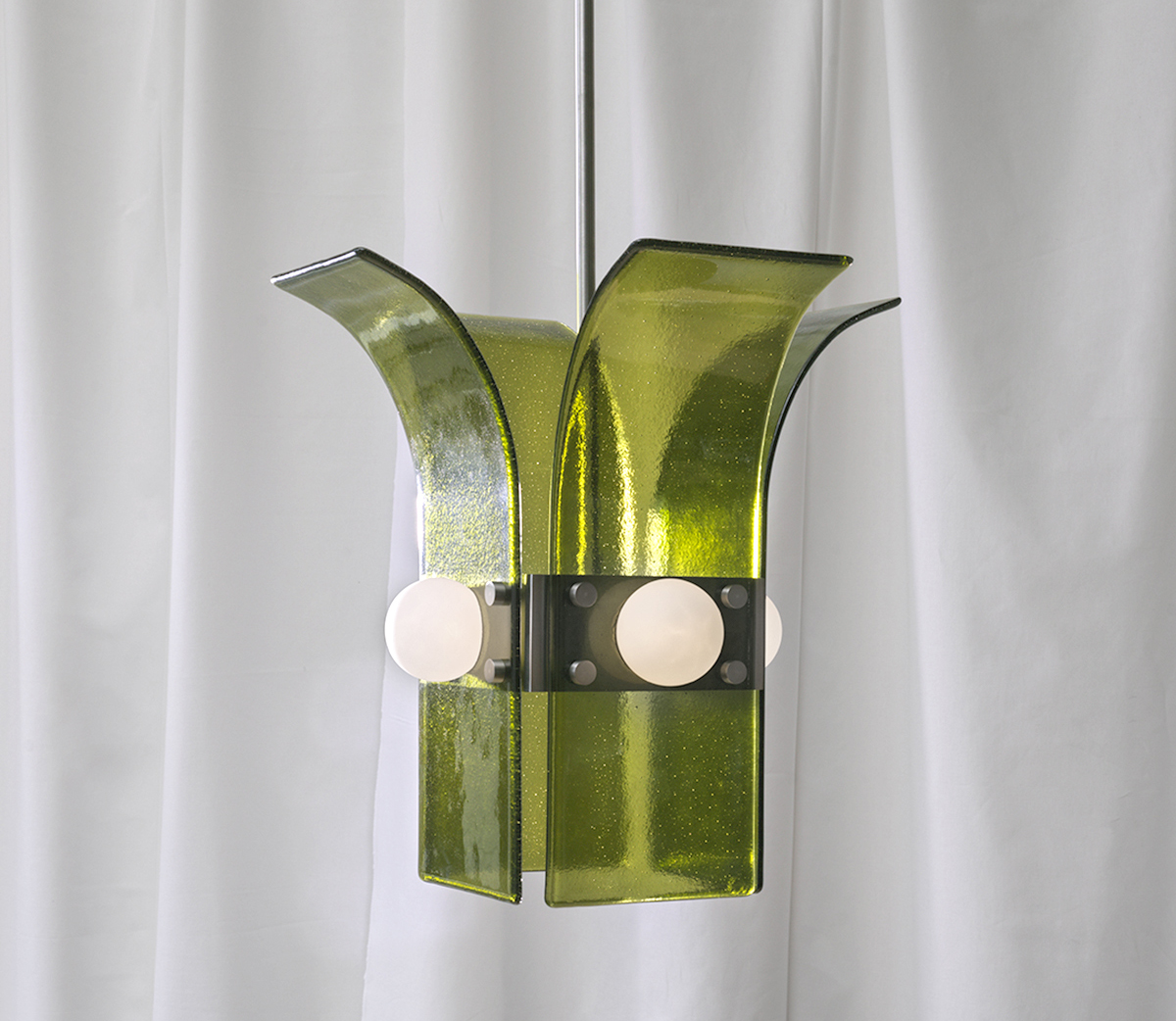
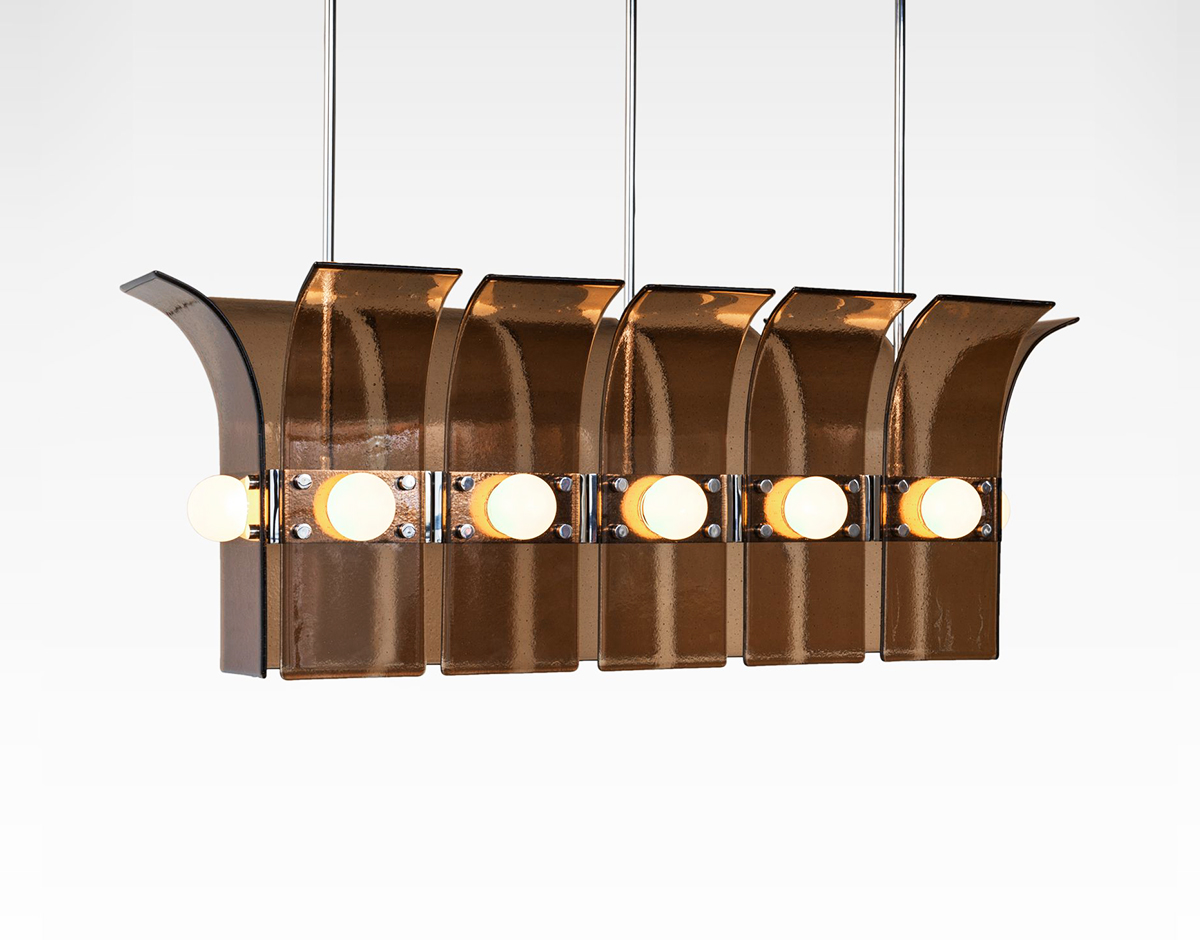
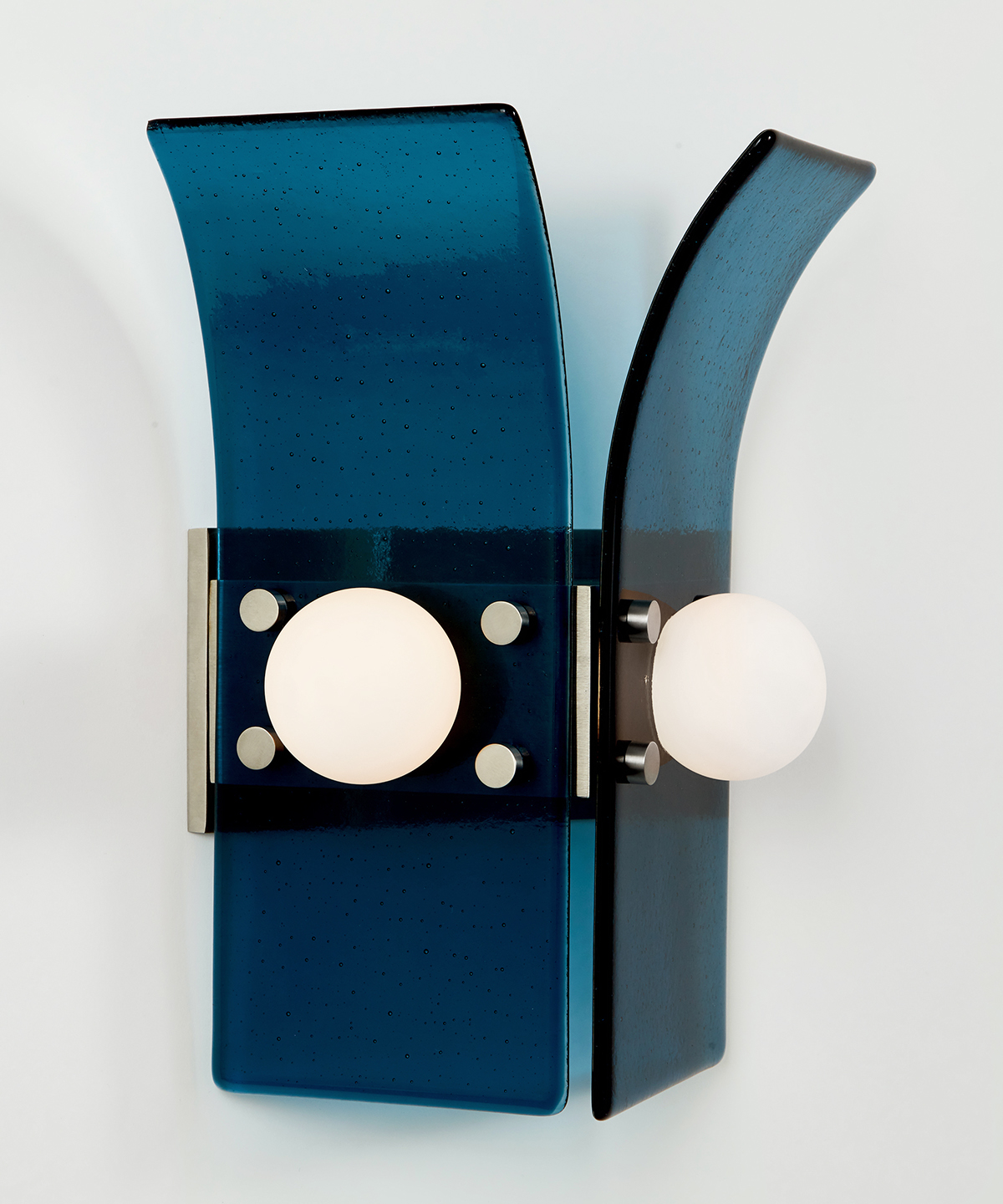
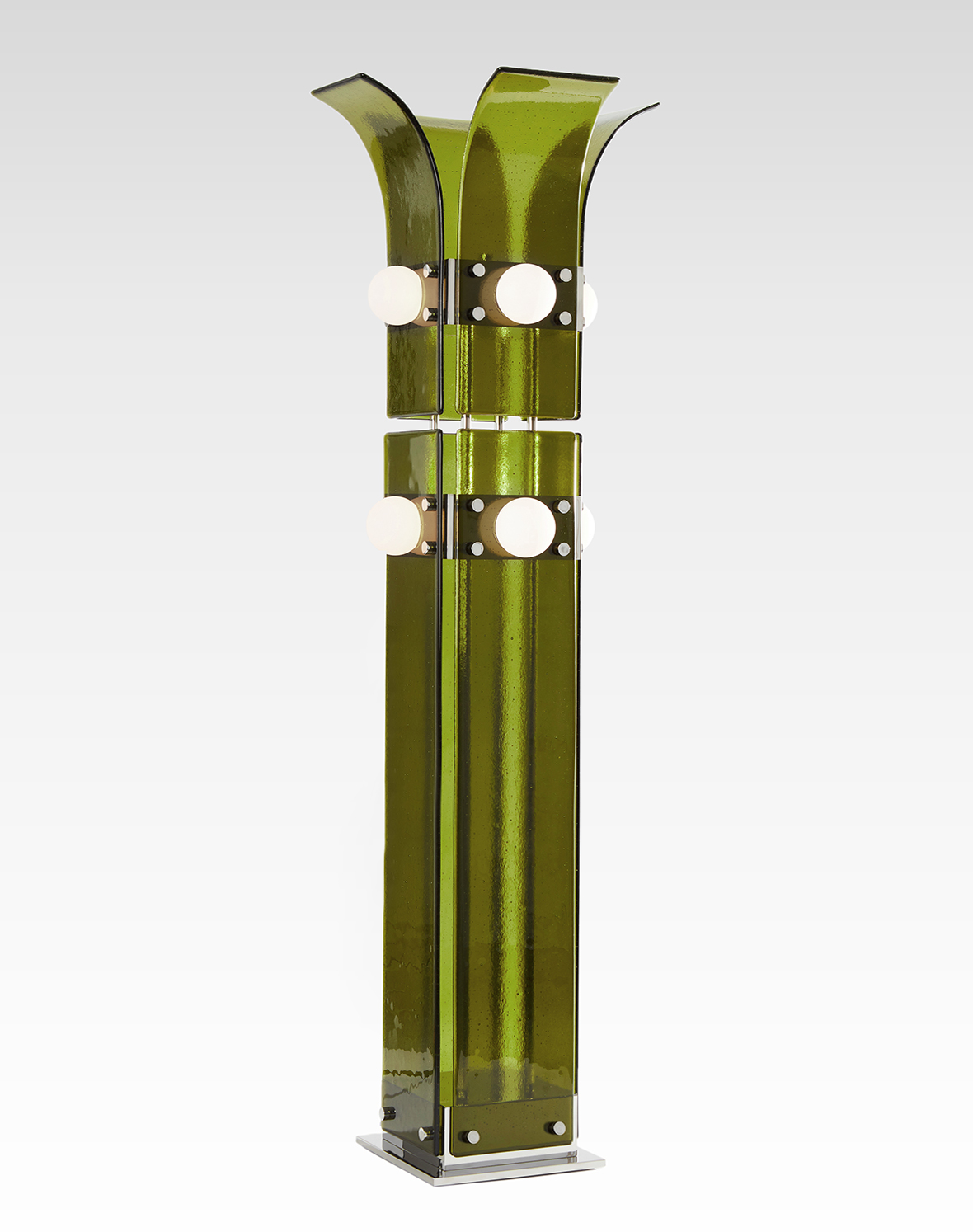
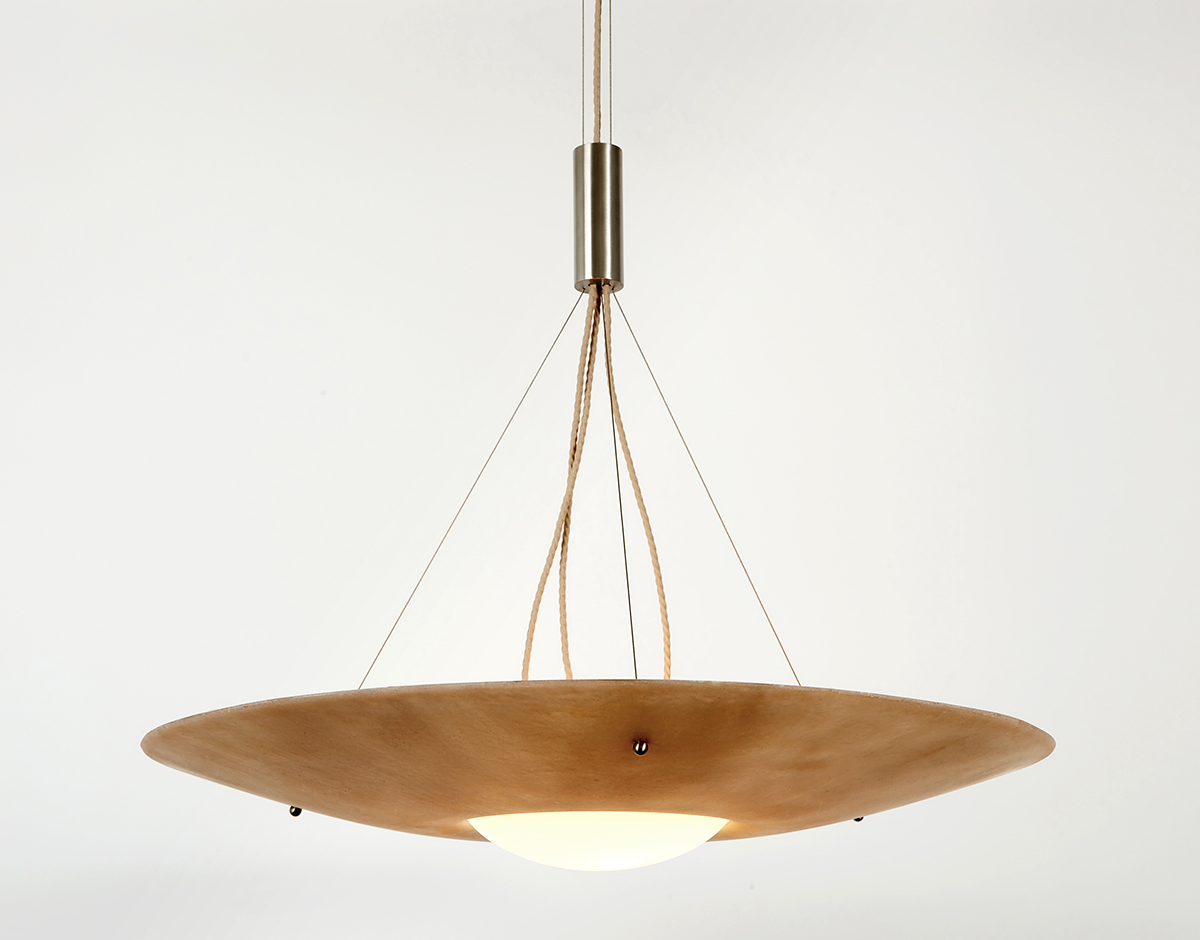
New York, bluegreenworks.com
After logging time at Apparatus and The Future Perfect, designer Peter B. Staples struck out on his own this year, forming a new company with friend James McAvey and releasing two collections of sophisticated lighting — one with thick, flared-glass profiles, the other in soft, amber-hued fiberglass — that draw from influences as disparate as stained glass, ’60s Fire Island Brutalism, and New York City skate parks.
What is American design to you, and what excites you about it?
Asphalt, bubble gum, Chicago dogs, Howlin’ Wolf, Marlboros, muscle cars, plywood, gay rights, New York City.
What are your plans and highlights for the upcoming year?
We are working on the next collection and also diving into some collaborations with other artists. The best part of this is the opportunity to work with people I love and admire. I want to show people what I think Blue Green is and what I want it can be. I’m excited to be here.
What inspires or informs your work in general?
What inspires me most is an energy or an attitude. When I see it in physical form, it’s a combination of the singular and the ubiquitous. It’s like there’s a clear hum between things that I’m looking for. I like objects that communicate across boundaries — things that translate to many spaces and aesthetics and still feel perfectly in place. I think it’s about a certain directness of form and honest storytelling — not some towering narrative —just a bold reflection of the things that inspired it and the people who created it. I am always looking for these objects and learning from them.
